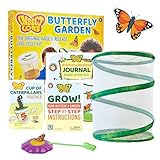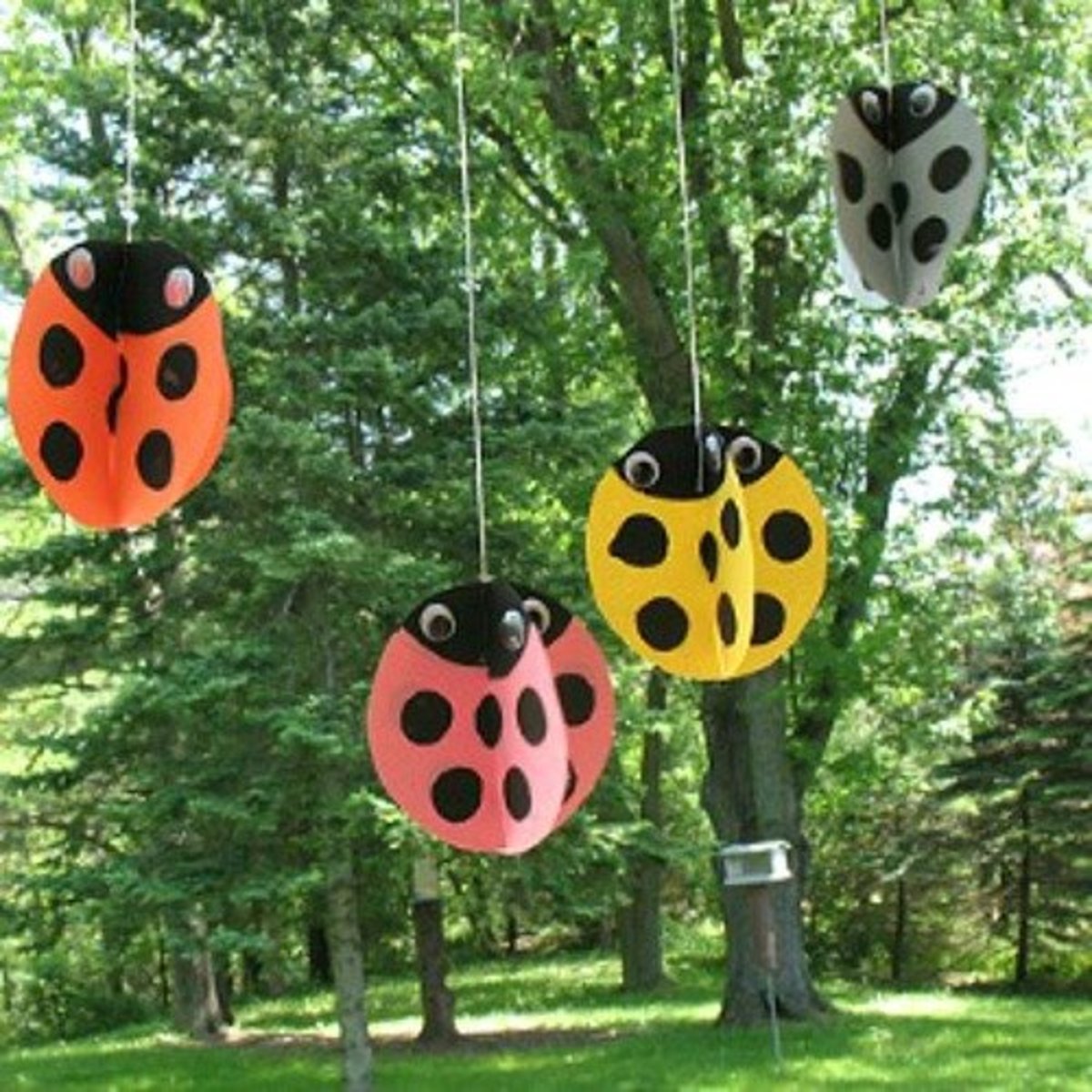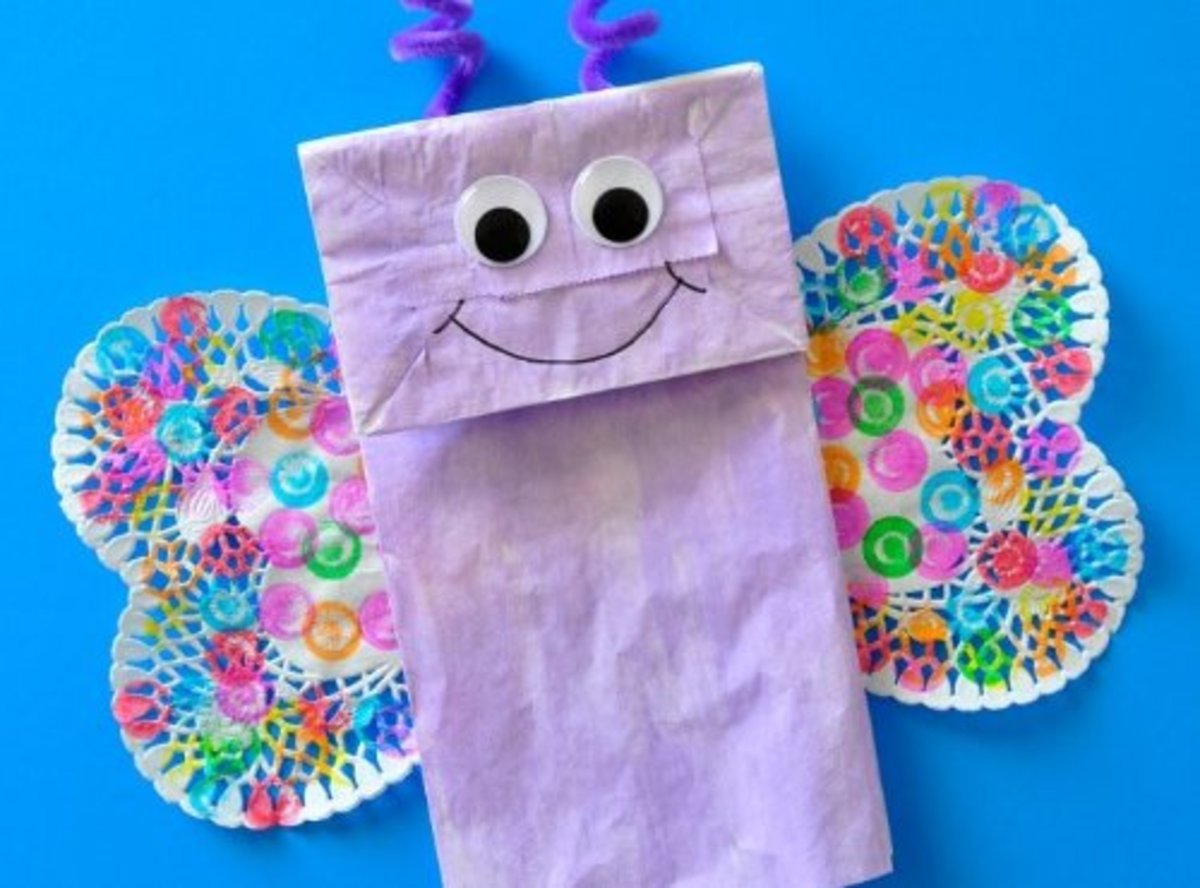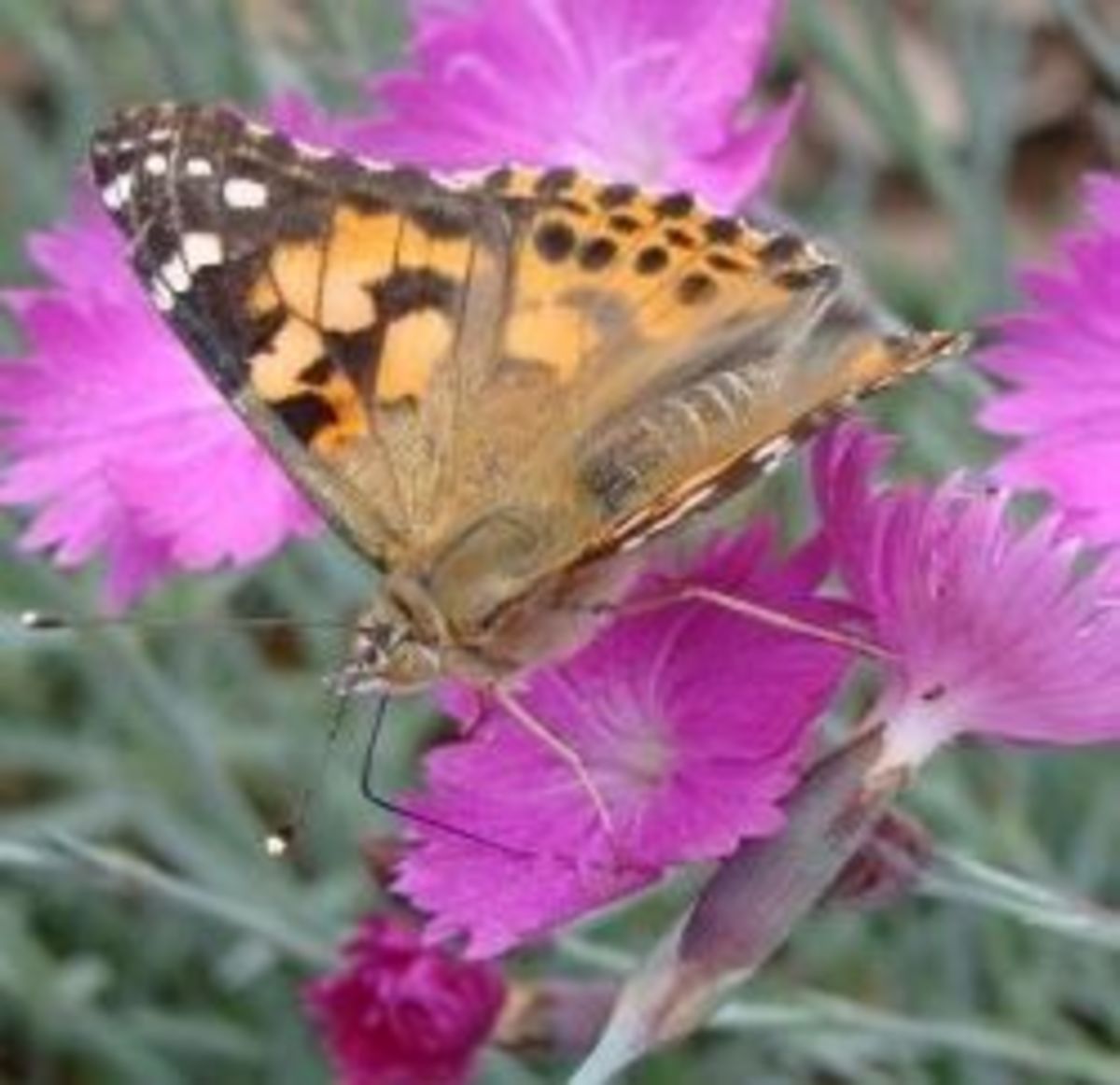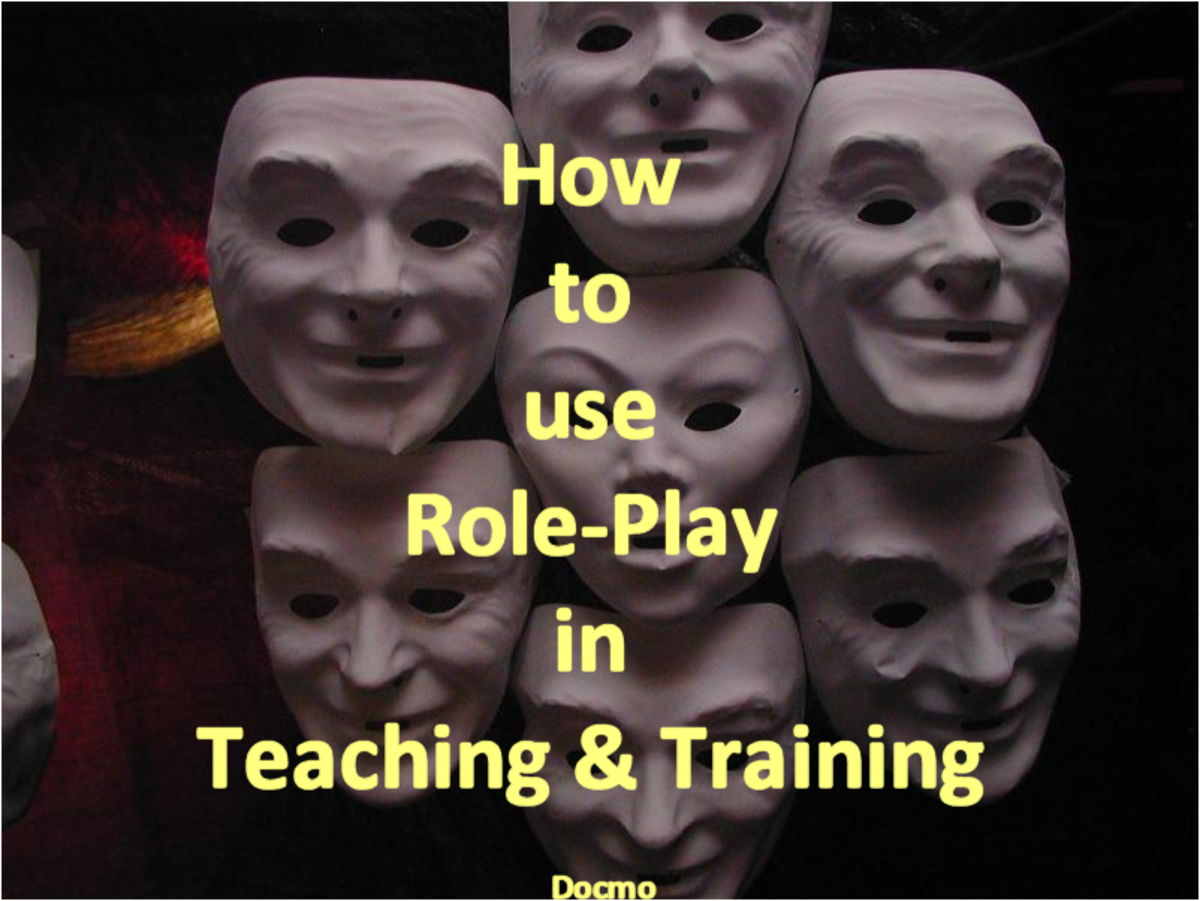Fun Classroom Activities and Experiments to Interest Children / Kids in Animals and Pets
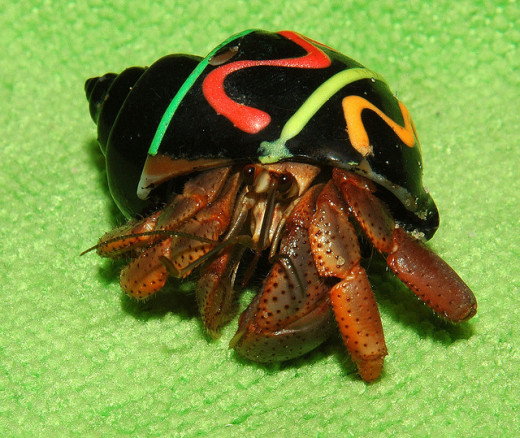
There are a number of fun ways to get children interested in animals and pets, and many of these are easy to turn into classroom activities that will capture children's imaginations and encourage them to want to learn more about these creatures. Even if your child is home schooled these activities can be carried out at home just as easily and don't have to expensive, just exciting and educational at the same time.
In this article I aim to suggest a number of fun classroom activities and ideas that should be possible for most teachers to use within a classroom setting. The earlier in a child's education they become interested in animals and pets, the more likely they will grow up with a healthy respect for the creatures they share their world with, and that has to be the best result we could hope for if our planet is to have the best possible future.
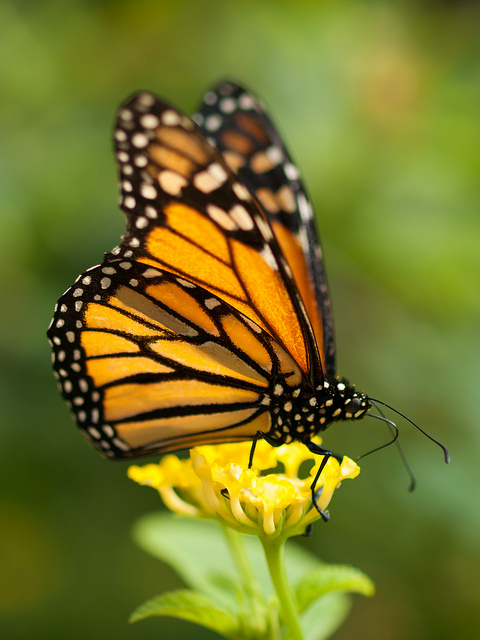
Raise Some Butterflies
Kids are fascinated by the whole metamorphosis involved when a butterfly reproduces.The four stages involved are known as egg, larvae (caterpillar), pupa (chrysalis) and adult butterfly. Butterfly eggs in themselves are fascinating for children because if they look at them very closely they can often see the actual caterpillar growing inside of them (especially in the case of Monarch butterfly eggs).
This science project / experiment can easily be carried out in a school classroom now because live butterfly kits are readily available for very low prices. These butterfly kits include mesh cages that make it possible to watch the full metamorphosis of the egg to a butterfly as it takes place, and once the project is completed the butterflies can be released into the wild.
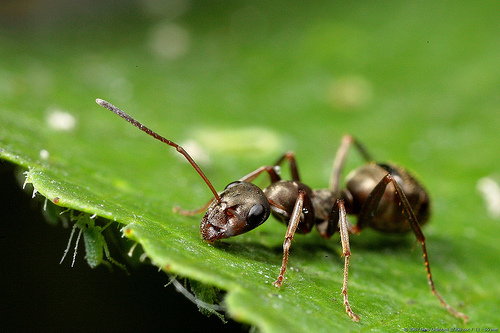
Start an Indoor Ant Hill
Much like the butterflies, ants are fascinating to watch in action. These creatures work as a perfect team, each with their own job in the nest, which each ant will work at diligently for its entire life. Kits are again available for very reasonable prices, and these feature escape proof locking lids to avoid any risk of your project spreading further than you would like it to. The children will love to watch the ants building tunnels in the sand and carrying their food backwards and forwards to the various parts of the nest. In fact the kids can even bring in food themselves for the ants, mainly very small pieces of fruits and vegetables. The added advantage of buying an ant hill kit is that they are designed so you can see a cross section of the inside of the nest and all that is going on inside. The project will usually last between two to four weeks in total, giving the pupils plenty of time to learn all about how the ants work together as a team.
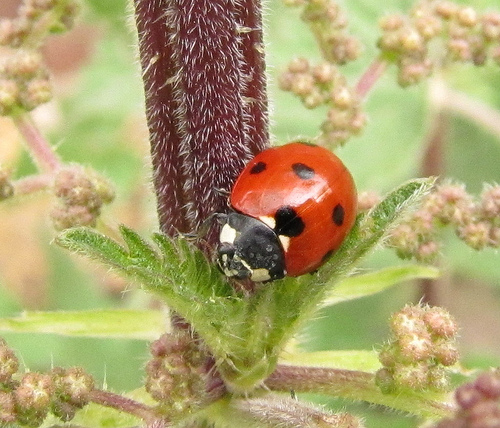
Keep a Ladybug / Ladybird Habitat
Most of us have always been delighted to see a ladybug / ladybird land on us in the garden. These pretty little creatures are also very useful in the garden, their larvae rapidly consuming huge amounts of nasty pests such as greenfly, so saving gardeners from having to use nasty pesticides on their crops. Kits can be purchased that include a habitat that features a magnifying domed lid to make it easier to watch the ladybug larvae eat and drink from special gels, form cocoons, and emerge as adult ladybugs. Once the process is completed the children will enjoy releasing the ladybugs into the wild, and in the future you can order more larvae if you wish and another class can enjoy the experiment all over again using the same habitat.
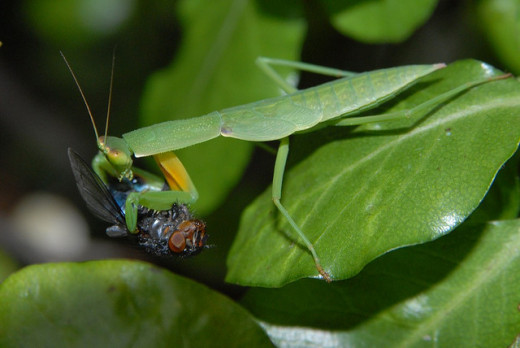
Try a Praying Mantis Kit
Another insect that kids will find fascinating to watch going through its life is the praying mantis. The kits available often require you to order the eggs separately which is worth mentioning in advance to avoid any disappointment when the kit arrives without them being included. I believe the kits do include advice on where to buy the eggs from however (and if not they are easily found for sale on-line regardless). Do try to do a little research about Mantis care before trying this though, as it can be quite tricky to keep them alive after hatching.
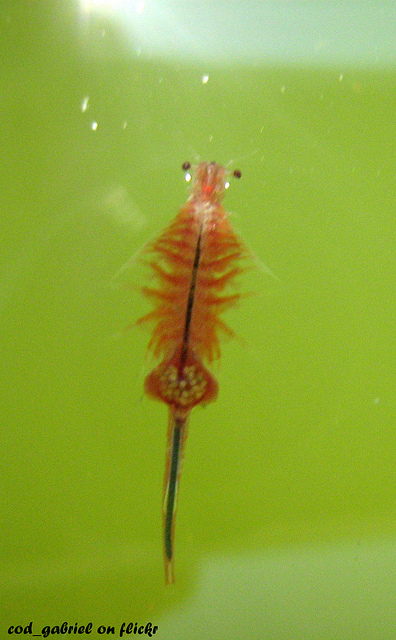
Keep Some Sea Monkeys
These little creatures are basically a form of super brine shrimp. They are incredibly cheap to buy and hatch within 24 hours of you introducing the eggs to the specially prepared water you have filled their little tank with. I thoroughly enjoyed keeping my Sea Monkeys as a child, and watched them go through several generations in the same tank. There are plenty of accessories you can buy for them, as well as interesting experiments you can show to the children such as placing them in the dark for a while, then introducing them to a bright light which results in them performing all sorts of acrobatics. You can even buy foods for them that will change their colour, or special 'crystals' that they will appear to play with.
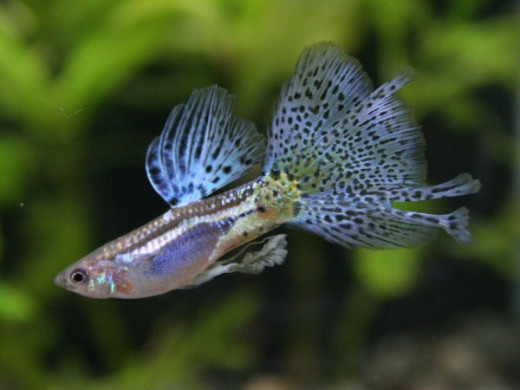
Put an Aquarium of Fish in the Classroom
Not only are fish very relaxing to watch, but the children can learn a lot about them in a classroom environment. A great example of how they can be so fascinating is when you look at the freshwater Guppy. Guppies breed very readily in a domestic fish tank, producing a wonderful paint palette of colours in their offspring. Children will be excited to see what colours the new babies will develop as they begin to mature, and even adults can't help but be intrigued to see the results.

Adopt Some Hermit Crabs
Hermit crabs are wonderful to study, especially when you watch them change over from their old 'outgrown' shells for new ones that you provide for them. You can even get the children to decorate shells ready for the Hermit crabs to move in to when the time is right (see the first picture in this article for an example of a decorated shell). Many of the kits available for keeping Hermit crabs are excellent, and come with actual live Hermit crabs included. These pets are big enough for the pupils to name and can be a source of great entertainment for the children as they watch the crabs playing around in the sand. An excellent way to also teach the students the responsibilities of caring for a small pet on a day to day basis.
Organise a Wildlife Project
Consider putting to one side a small piece of land where a wildlife project can be run within the school grounds. You can do so many things this way e.g.
- Create a wildlife pond
- Plant a butterfly garden
- Set up some nesting boxes for birds (possibly with WiFi cameras inside of them so the children can watch the birds build the nests, lay their eggs, see them hatch and watch the parents feed the babies until they leave the nest)
- Make some insect shelters out of short lengths of bamboo canes glued together and put them up in the trees for beneficial insects like ladybugs / ladybirds to spend the winter in
- Set up a beehive (following all relevant precautions and regulations of course) and then study the whole process of how the honey is made in the classroom. Ultimately the children can take home the honey their very own bees have made for them
- Create a bird feeding station with various foods available, then get the children to make notes of which bird species visit the various types of foods and write a report on their findings. They could also take photographs to include in their reports
- Buy or build a wormery and then the students can bring in raw vegetable food scraps such as vegetable peelings etc and watch as the worms convert this into nutritious compost, plus they can learn how to syphon off the liquid the worms produce and dilute it down to use as a plant feed. Equally the worms themselves can be sold on to fishing bait suppliers
The list of these kinds of projects is endless, but these are just a few ideas to get your imagination going.
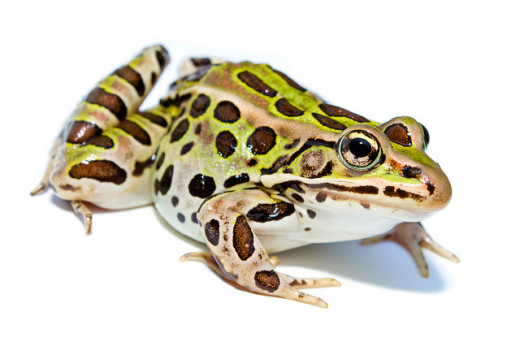
Grow a Frog
There are now all sorts of frog kits available to buy for relatively low prices. These are not necessarily the standard garden frogs you are probably familiar with, in fact they can be tropical tree frogs, Leopard frogs etc. The kits frequently include items such as tadpole food, water treatment solution, plastic plants etc. Children have always had a fascination with rearing tadpoles and watching them develop legs and change into frogs in front of their eyes, which is why they get really involved in projects like this. The tropical varieties of frog can be kept on as classroom pets afterwards, but the standard garden varieties can always be released into the wild by the children, or even into a school pond if there is one (another project could be to build a wildlife pond and introduce the young frogs into it).
Have a 'Bring Your Pet to School Day'
Why not organise a day where the children can bring in their smaller pets for the day. Obviously you can't have larger pets or the students will be turning up with horses, goats and goodness knows what else, but there is no reason why they can't bring in their hamsters, rats, guinea-pigs / cavies, rabbits, goldfish, lizards, snakes etc if they are in suitable cages or containers and the pupils are well supervised. This could be an exciting way for the children to show off what they know about their own pets and give a little talk on what is involved in looking after their chosen pet.
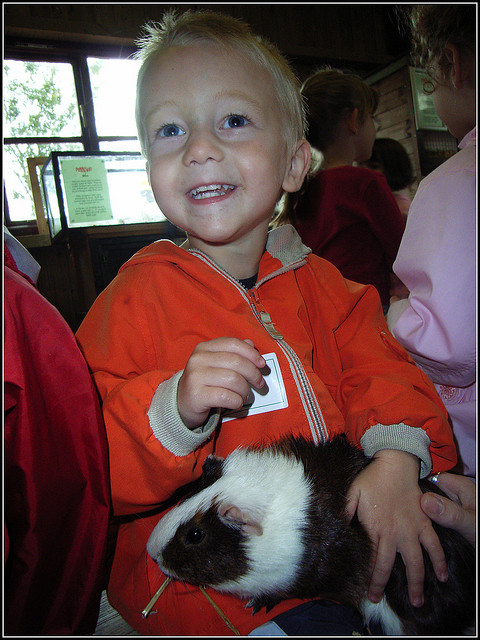
Pet Corner
Why not consider having a pet corner in the classroom and then keep some of the more exotic creatures like giant snails, hissing cockroaches, Tarantula spiders, newts, Axolotls / Salamanders, Corn snakes etc. Various studies can be organised of each creature, its diet, breeding cycle, habits etc. Lessons quickly become far more interesting when the pupils can actually see the animal they are studying moving around and displaying the behaviours they have read about. During school holidays the more responsible children can be entrusted to take these animals home with them in order to look after them (which in itself gives them a sense of responsibility).
Larger animals are not impossible either. Many schools have pet rabbits, guinea-pigs / cavies, hamsters, gerbils, rats and mice as classroom pets.
There is certainly plenty that children can learn from caring for pets and animals on a day to day basis no matter how big or small the creatures are. It teaches them compassion, as well as loads of information about science and nature.
Pets in the Classroom
Useful Links
- Fun Classroom Activities and Experiments to Interest Children / Kids in Growing Plants
There are several fun classroom activities that will get children interested in growing plants and finding out more about them. Some of these activities were what first captured my imagination as a child, and are the reason I still love growing plant - More Fun Classroom Activities to Interest Children / Kids in Growing Plants
If you read my first article on fun classroom activities to get children or kids interested in growing plants or gardening, then you should enjoy this one too. I have written this as a sequel to the first article and hope it will give teachers even m - Even More Fun Classroom Activities to Interest Children / Kids in Growing Plants
If you read the first two articles in this series you are no doubt looking for yet more classroom activities to get children / kids interested in growing plants and even vegetables. My passion for growing stuff was encouraged by my school teachers, a - What can children learn from looking after a pet?
I believe that from an early age children can benefit a great deal from having a pet. If you want to know exactly what children can learn from looking after a pet you need to read this article. - Butterfly Life Cycle: Article with Lots of Pictures
All about the Butterfly Life Cycle with LOTS of cool life cycle pictures and a coloring page too! Learn about the butterfly life cycle stages and see pictures of the eggs, caterpillars, chrysalis and more.

